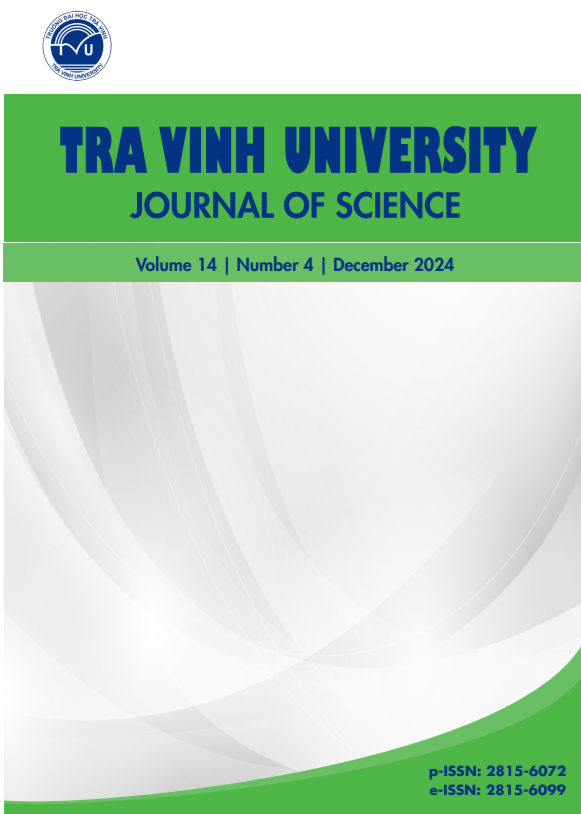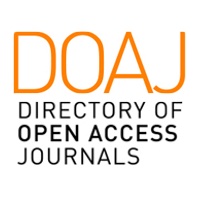APPLICATION OF THE LOGISTICS CHAIN APPROACH IN ANALYZING THE VALUE CHAIN OF SHALLOTS: THE CASE OF TRA VINH PROVINCE, VIETNAM
DOI:
https://doi.org/10.35382/tvujs.14.4.2024.88Keywords:
logistics chain approach, shallots, value chain analysisAbstract
In recent years, increased market demand has led many regions to promote shallot cultivation. The development of the shallot value
chain in the Mekong Delta has been faced with high logistics costs, which hinder the competitiveness of its agricultural supply chains. This study analyzes the shallot value chain in Tra Vinh Province, focusing on logistics costs for actors like farmers, collectors, wholesalers, and retailers. Using qualitative and quantitative methods, the research identifies key logistics expenses, primarily transportation, followed by classification and packaging. According to the research findings, the shallot value chain in Tra Vinh Province is primarily domestic. Specifically, the primary market channels are farmers – collectors – wholesalers – retailers – consumers. Shallots are profitable for farmers, generating an average profit of 9.53 thousand VND/kg, a 1.64 profit margin. However, production has declined due to unfavorable weather and payment risks, causing farmers to reduce cultivation and switch to other crops. Regarding logistics costs, logistics functions and costs for each activity vary substantially among participants. Farmers perform
the most logistics responsibilities along the value chain; therefore, their total costs are the greatest, with incoming logistics expenses accounting for the largest amount. Collectors have the fewest logistics functions and simply incur operational costs.











